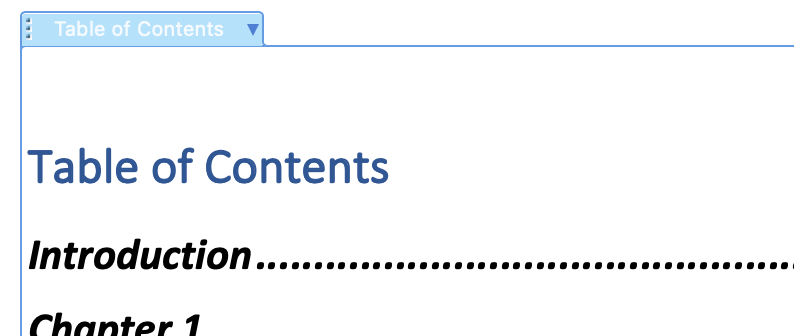Word will automatically populate a table of contents for any file. Here’s the easiest method:
Continue reading Create a Table of Contents in Word AutomaticallyTag Archives: layout
Create a Landscape Page in a Portrait Document
To accommodate a very wide table or picture, turn its page(s) sideways within a document. All you have to do is insert section breaks before and after the content, then select landscape orientation for those pages.
Continue reading Create a Landscape Page in a Portrait DocumentSet Select Pages in Landscape
Wide tables and infographics are just two reasons you might want to set a particular page to print in the horizontal, landscape orientation. If you’re preparing a manuscript for professional design, doing this only helps you work with the material. And anything the helps your work is worth doing. But if you’re producing, for example, an internal report entirely within Word, adjusting the page orientation to fit the content is vital.


To prevent the entire file from being set in landscape, first insert Section Breaks. Find this function on the Layout ribbon (see figure). There are many uses for Section Breaks; here we’re just using them to confine the orientation to the desired pages. Select simply Break > Section Break, Next Page from the Page Breaks option in the Page Setup group.
Insert a Section Break both before and after the material that should be set in landscape. Then, place the cursor within that section, and select Orientation > Landscape on the Layout ribbon. That’s it!

Troubleshooting
Section break markers can get effectively hidden at the bottom of a very full page or even at the end of a line that nearly touches the margin. If you suspect a section break may be causing problems, search for them using regular expressions in the Find and Replace function.

Got a gnarly Word problem? Submit your problem and we’ll try to answer it in the Q&A thread.

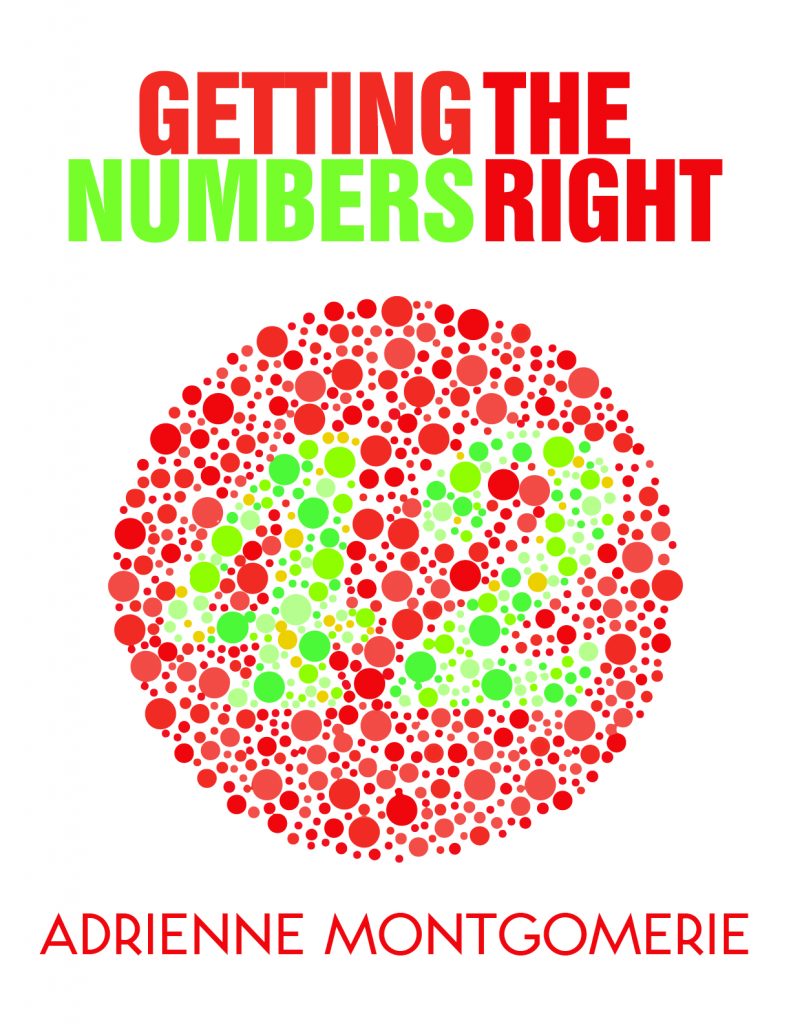


Learn with us! Join a course today.
© This blog and all materials in it are copyright Adrienne Montgomerie on the date of publication. All rights reserved. No portion may be stored or distributed without express written permission. Asking is easy!
Realign Troublesome Tables
Sometimes a table seems stuck in its alignment. No matter how many times you select the whole table and set paragraph alignment, it won’t budge. The trick is to drag the table using its grab point:
- Hover over the table until the grab point pops up. That’s the 4-way arrow at the top left corner of the table.
- Click on the grab point and drag the table where you want it.
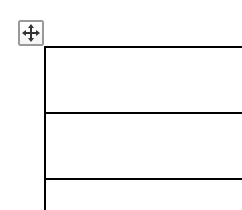
To make sure the table aligns with the margins, reveal the ruler by checking the box on the View ribbon.

Change a Section After Creating a Break
Section breaks are created around columns and tables of contents automatically, and they can be inserted to control any layout aspect of a certain segment of text. Section breaks can be deleted, but what if you just want to change the section. On a Mac, you can.
To change the type of a section after inserting a break:
- Place the cursor in the desired section.
- On the Format menu, select Document.
- Select the Layout tab in the Document properties dialogue box that opens.
- At the top, in the Section area, choose an option from the drop-down list beside Section start:
- At the bottom, choose an option from the drop-down list beside Apply to. The type of section can be applied to the section the cursor is currently in, to all sections following the cursor’s location, or to the whole document.
- Click OK.
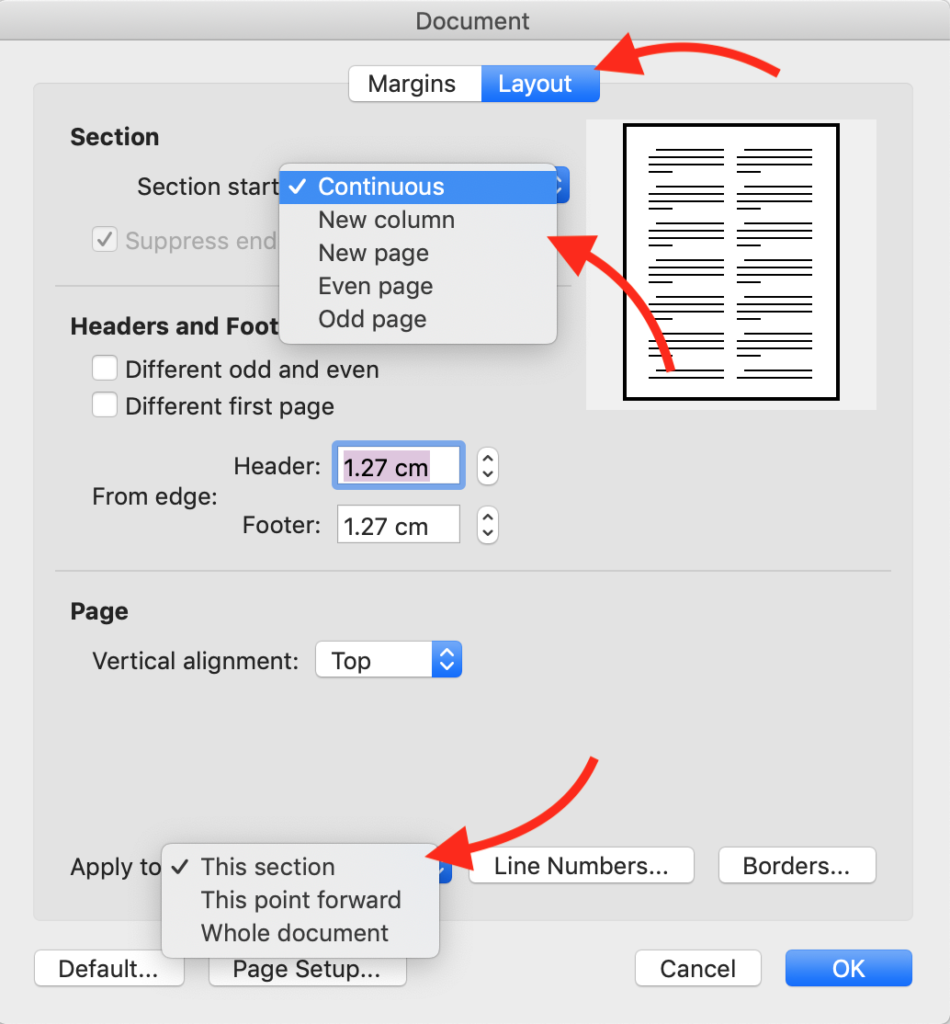
Troubleshooting
Break marks are only visible when non-printing characters are revealed. Click the pilcrow (reverse P: ¶) icon on the Home ribbon to show non-printing characters.
Sometimes in Print Layout view, section breaks get obscured at the bottom of the page. Switch to Draft view to reveal them.


Start a New Section, Not a New Page

Word lets you insert a section break, not just a page break. That lets you assign different settings for each section: margins, columns, line numbers, heading numbers, or footer layout, for example.
There are two main types of section break:
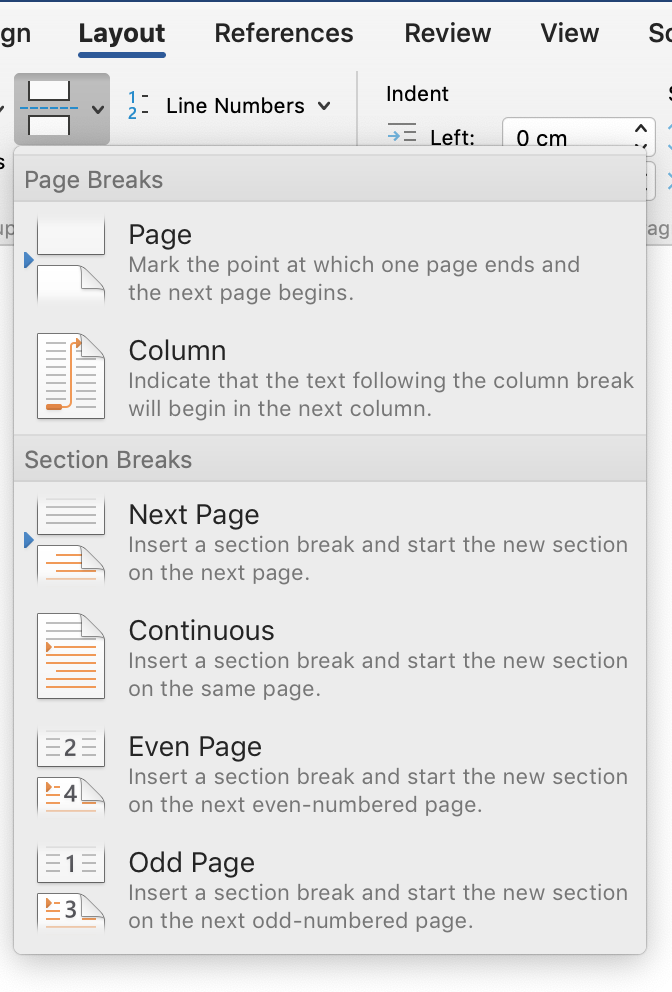
- one break starts a new page (next, next odd, or next even numbered page)
- the other starts a new section on the existing page (continuous).
Uses for Section Breaks
Section breaks can be used to change page numbering — from Roman to Arabic, for example — or to make sure there’s no page number on the first page of a chapter.
Section breaks can be used to restart automatic numbering for each new chapter, so that numbering starts at 1 for figures, tables, footnotes, and/or headings.
Section breaks are inserted automatically around blocks of text formatted with a margin or page orientation that is different from the rest of the document, and around a table of contents.
Uses for Odd Page Section Breaks
Since layout conventions have chapters start at the top of an odd numbered page (the right-hand page), inserting an Odd Page section break might be the most useful option, though it is seldom used.
By inserting the Odd Page section break, you can guarantee that the content following the break will start at the top of a right-hand page (in Word or in the printed/PDF output), no matter what content before it gets moved, added, or trashed. No need to insert blank pages. And typesetters and designers can use these breaks to automatically set layout via macros that read the code.
Uses for Continuous Section Breaks
The Continuous section break does not force the start of a new page. We see this type of break most often right before a column layout begins, and where columns end. It also appears before and after a table of contents.

Troubleshooting
To delete a section break, click on it and press the delete key. The settings for each section are contained in the break at the end of it. So, when a section break is deleted, everything in the previous section will take on the characteristics of the section following it.
Break marks are only visible when non-printing characters are revealed. Click the pilcrow icon (¶) on the Home ribbon to show non-printing characters.
Sometimes in Print Layout view, section breaks get obscured at the bottom of the page or at the end of a column. Switch to Draft view to reveal these breaks.


Photo by Sergey G. gkhaus via Pixabay.
Start a New Page, the Right Way

Each chapter starts on a new page. Sometimes a section needs to start at the top of a page too. Even though Word is not a layout program, it helps the editorial process and the layout process to format the Word manuscript with proper page breaks.
The worst way to force a page break is to hit Return a bunch of times. Those hard returns mess up where the page breaks whenever content is moved around or margins are changed. And those hard returns misalign the page breaks whenever Word adjusts layout for another user’s printer; or when font changes either for headings or the body text. Those hard returns have to be manually removed by designers and typesetters when doing their work, and each of those changes is an opportunity to introduce errors and add cost.
Basically, the hard returns are a layout nightmare.


Instead, insert a page break. Place the cursor where you want the new page to start. On the Insert ribbon, select Page Break.
In Page View, all you’ll see is that a new page begins. To see where the page breaks are, either go to Draft view or turn on non-printing characters. Then Word will reveal a grey line at the bottom of a page, containing the words Page Break. That is shown in close up below, and in two-page view above, right.
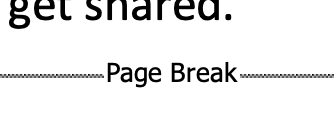
If there are still multiple hard returns in the document after inserting page breaks where needed, delete them. Use Find & Replace for ^p^p to ^p, to make this step easy.

Frog image by Alexandra Stockmar, Pixabay.
